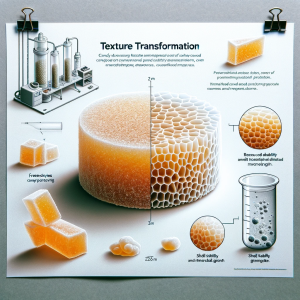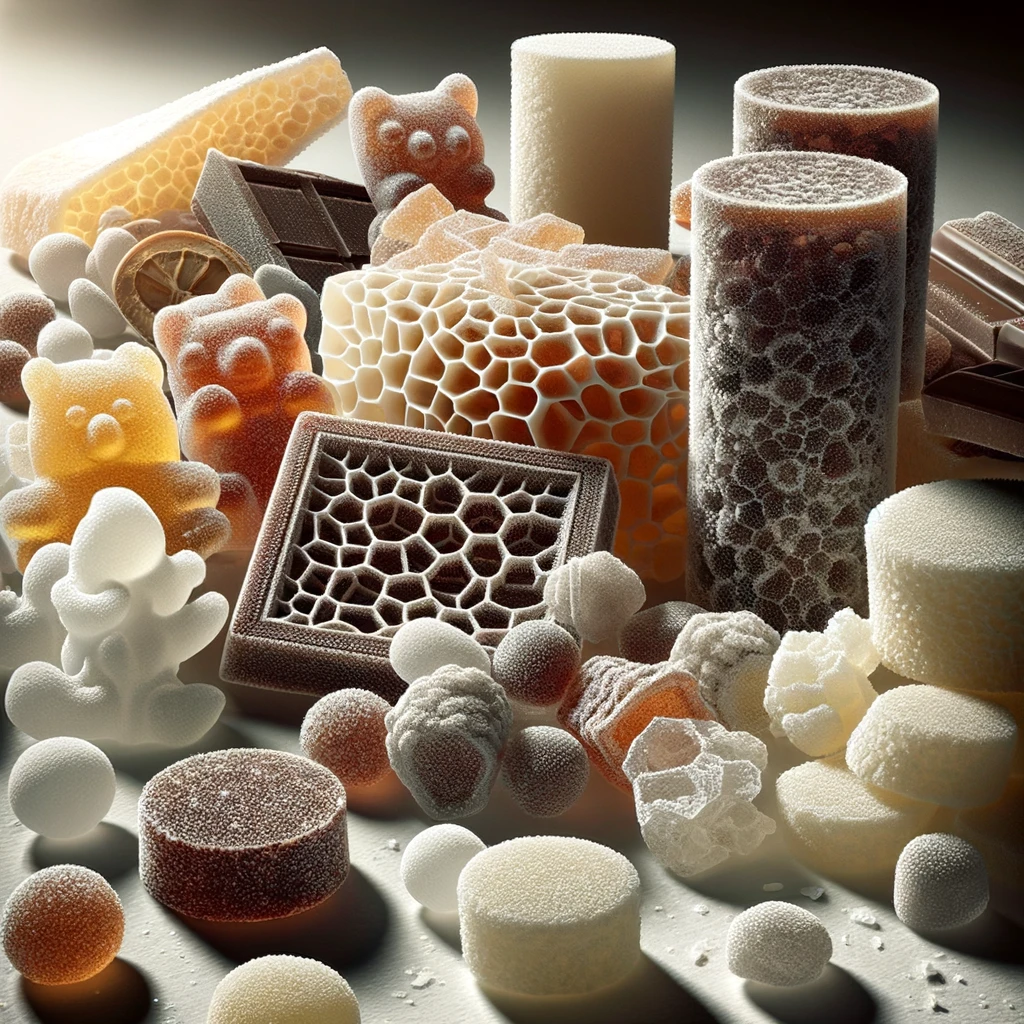Table of Contents
Introduction
Candy, with its myriad of flavors and forms, has always been a delightful treat for people of all ages. But have you ever wondered about the science behind the texture of your favorite sweet treats? In this article, we delve into the world of freeze-dried candy and conduct a thorough texture analysis to unravel the secrets behind its unique properties.
Understanding Candy Texture
Candy Texture Basics
Candy texture plays a pivotal role in our overall sensory experience when enjoying these sugary delights. It encompasses attributes like hardness, chewiness, brittleness, and more, all of which are influenced by the candy’s ingredients, processing methods, and, in the case of freeze-dried candy, the freeze-drying process.
The Role of Freeze Drying
Freeze drying, also known as lyophilization, is a food preservation technique that involves freezing the candy and then removing moisture through sublimation. This process significantly affects the texture and properties of candy, making it a crucial aspect of candy manufacturing and analysis.
The Texture Analysis Process
Equipment and Methodology
Texture analysis of freeze-dried candy involves specialized equipment such as texture analyzers and sensory panels. Researchers use these tools to quantify various textural attributes like hardness, springiness, cohesiveness, and adhesiveness.
Sample Preparation
To conduct a comprehensive texture analysis, freeze-dried candy samples are carefully prepared. This involves precise cutting and sizing to ensure consistent results. Each sample is subjected to controlled testing conditions to evaluate its unique texture characteristics.
Freeze-Drying and Candy Properties
Texture Transformation
Freeze drying has a profound impact on candy texture. The removal of moisture during freeze-drying creates a unique porous structure within the candy, resulting in a crisp, airy, and brittle texture. This transformation is a hallmark of freeze-dried candy and contributes to its distinct appeal.
Shelf Stability
Beyond texture, freeze drying also enhances the shelf stability of candy by reducing water activity and inhibiting microbial growth. This extended shelf life makes freeze-dried candy a preferred choice for many consumers.
Applications of Texture Analysis in Food Industry
Quality Control
Texture analysis is not limited to candy but is widely used in the food industry. It helps ensure product consistency, quality control, and consumer satisfaction. By analyzing texture, manufacturers can make necessary adjustments to meet consumer expectations.
Product Development
Texture analysis also plays a crucial role in the development of new food products. Researchers can use this data to create innovative candies with desired texture profiles, leading to a broader range of options for consumers.
To Sum Up…
Texture analysis of freeze-dried candy is a fascinating journey into the science behind the sweetness. It reveals how freeze drying transforms the texture and properties of candy, making it a unique and beloved treat. This analysis not only aids in quality control but also paves the way for exciting advancements in the world of candy manufacturing. The next time you savor a piece of freeze-dried candy, you’ll appreciate the intricate science that contributes to its delightful texture.
In summary, freeze-dried candy texture analysis is a vital aspect of the food industry, shedding light on the properties that make our favorite sweets so enjoyable. From understanding the basics of candy texture to exploring the transformative power of freeze drying, this analysis opens a world of possibilities for candy enthusiasts and food scientists alike.

